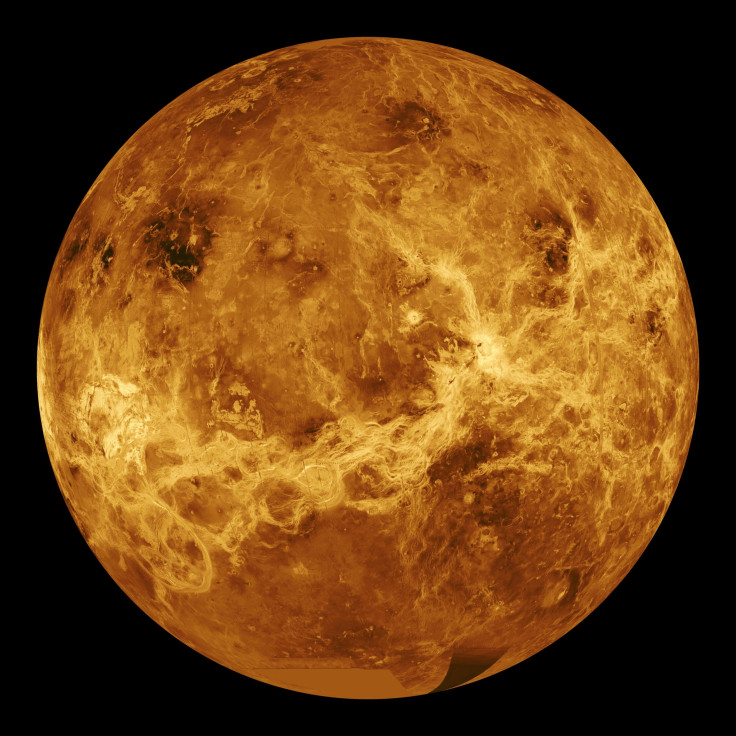NASA Photo Shows Hidden Alien Structures And Vessels On Venus, UFO Expert Claims

A UFO expert claimed that NASA’s photo of Venus contained various alien structures on vessels on the surface of the planet. According to the UFO expert, some of the structures in the photo are bigger than Texas.
Scott Waring of ET Data Base came across images of the alleged alien structures and vessels on Venus while viewing the planet’s photo in Wikipedia. The original source of the photo is NASA’s Jet Propulsion Laboratory.
According to the agency, the photo of the planet was taken by its Magellan spacecraft, which was launched in 1989 to map the surface of Venus.
Waring pointed out that several dark and light regions can be spotted on the surface of the alien planet. After zooming in on these regions, the UFO expert said that they are alien structures and vessels.
“I was looking for decent photos of Venus and found this incredible full planet view,” he stated in a blog post. “The photo is on Wikipedia and has a detail that is of the surface structures.”
“Normally, the clouds over Venus prevent us from seeing its surface, but now I’m going to show you the alien structures that NASA doesn’t want you to see,” Waring added.
According to Waring, the structures come in different shapes. Some of them have geometrical features while others have rounded shapes. Waring speculated that the round objects could be vessels used by the alien beings on Venus.
Aside from having different shapes, the sizes of the structures and other objects also vary. Waring stated that some of them could be bigger than the entire state of Texas.
If Waring’s speculations are correct, then this could mean that the alien race living on Venus found a way to adapt to the planet’s harsh conditions. Although Mercury is closest to the Sun, Venus is considered as the hottest planet in the Solar System with surface temperatures averaging 462 degrees Celsius.
Aside from its extreme temperatures, it has a very dense atmosphere that consists of over 96% carbon dioxide. In addition, the atmospheric pressure on the planet is 92 times that of Earth.





















